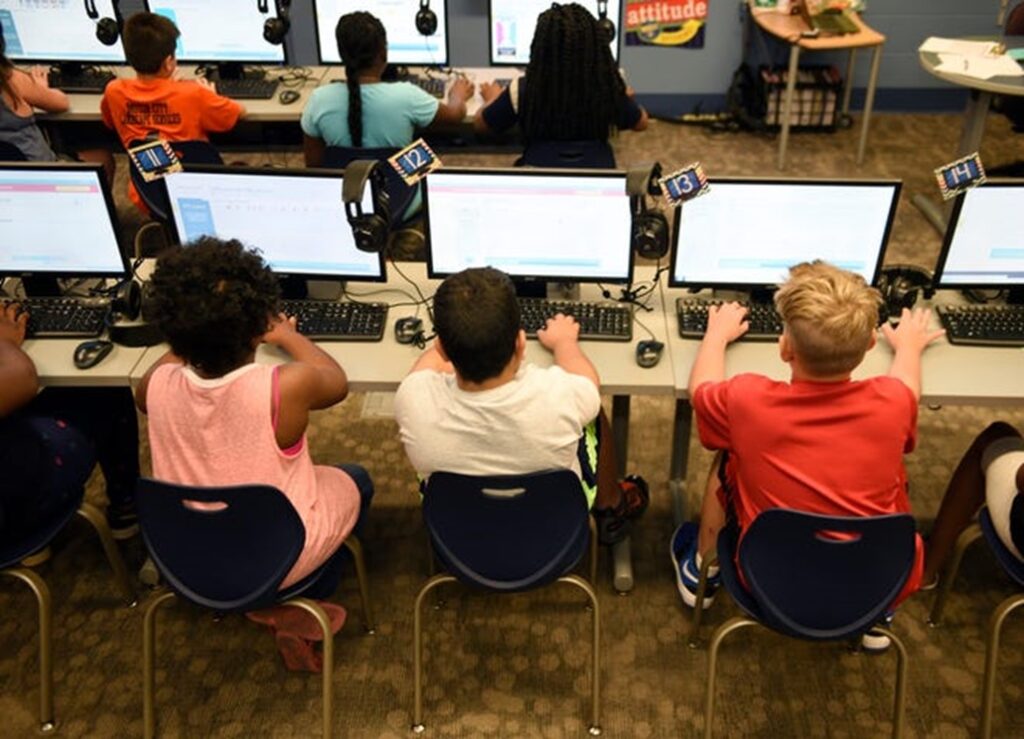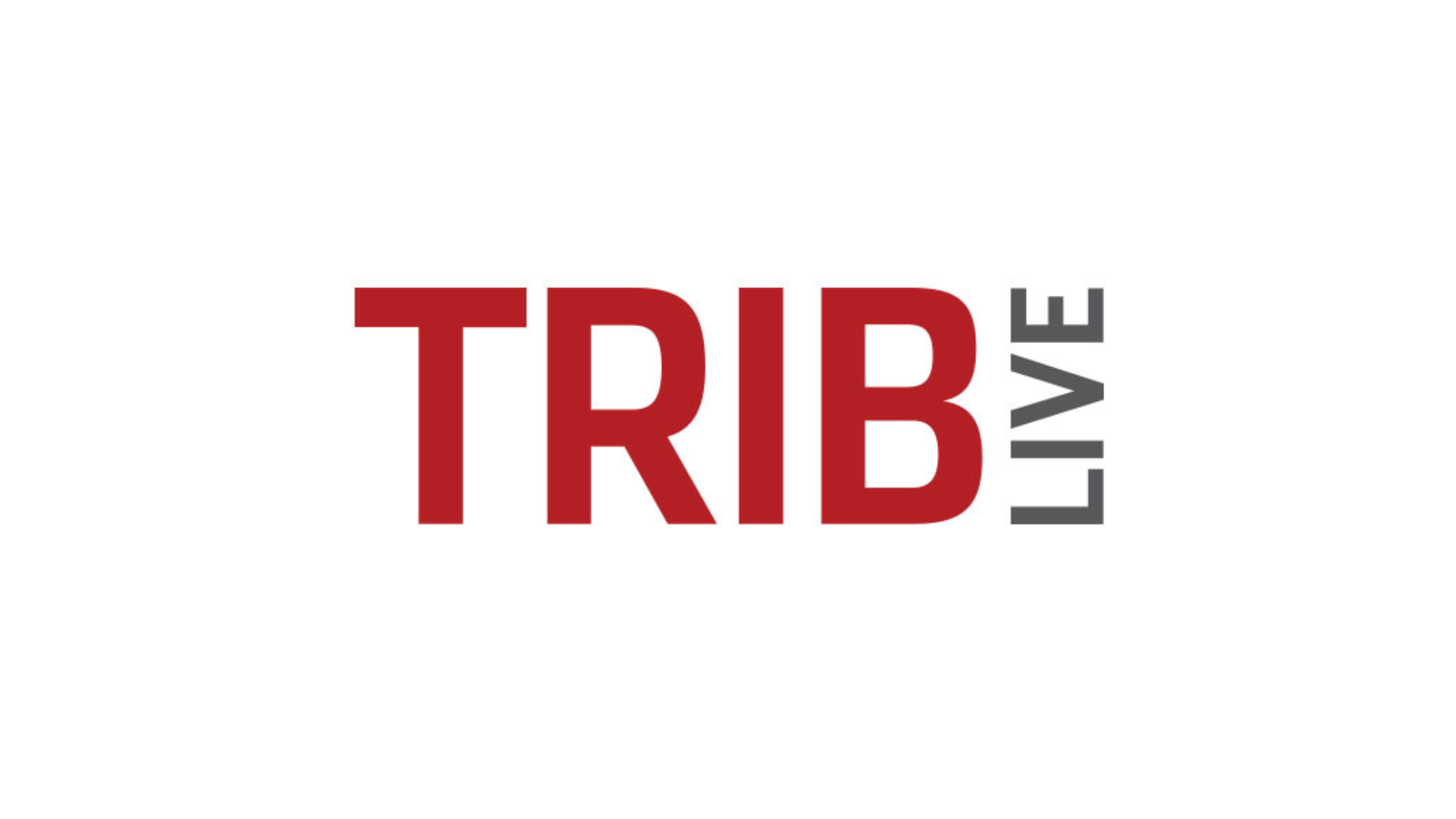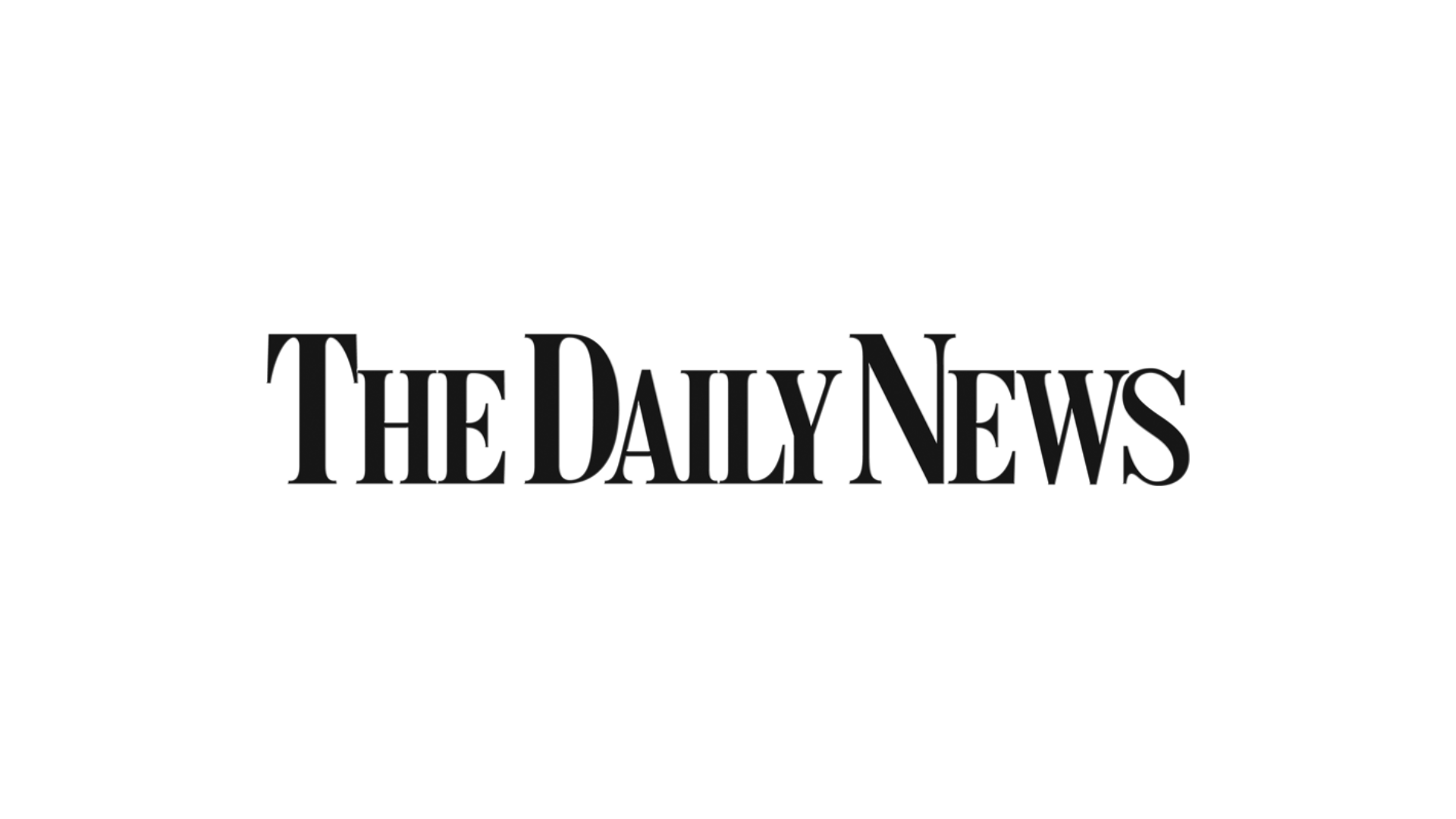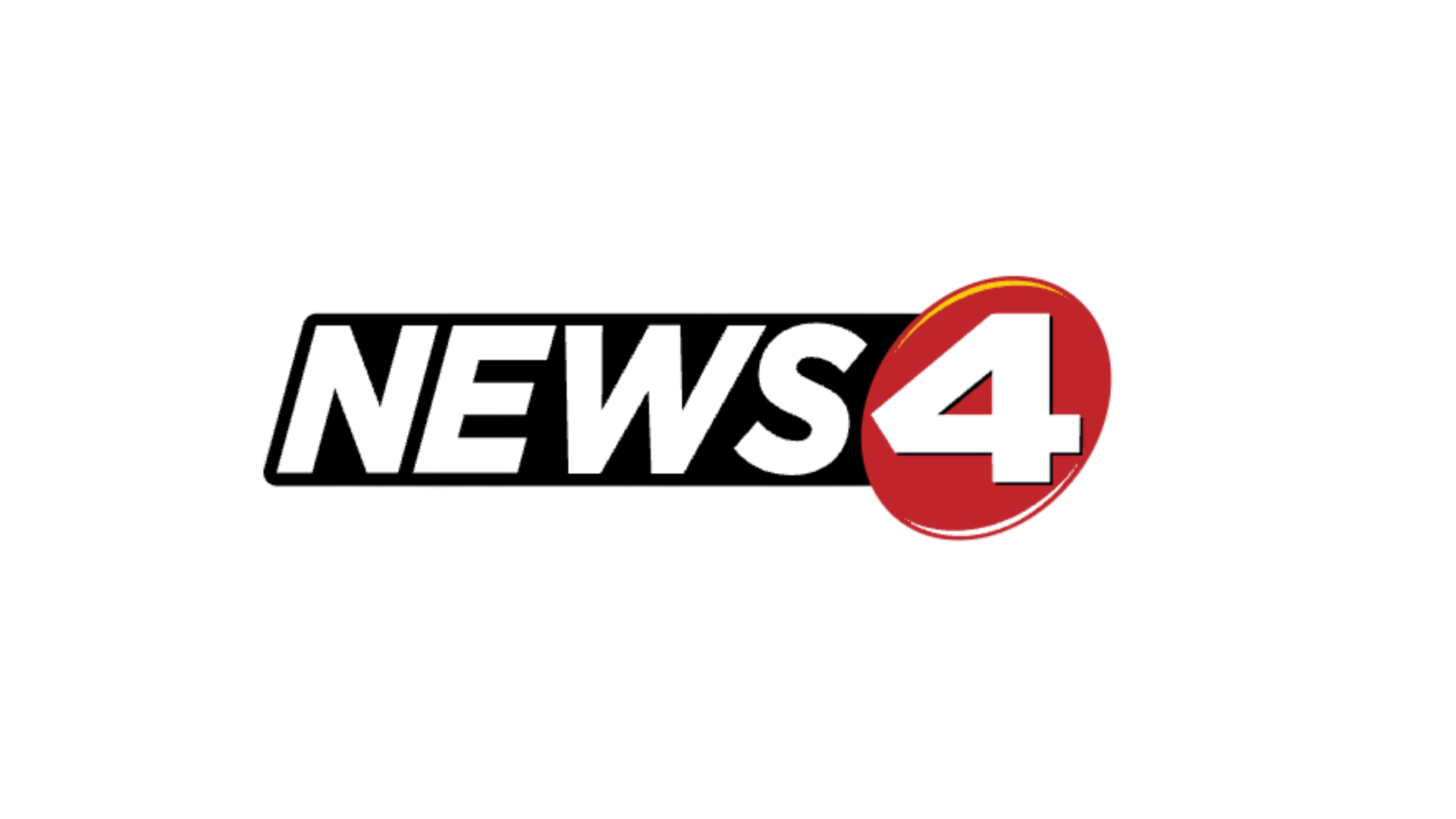
Originally published to The Detroit News on September 26, 2022
School choice is booming with no signs of slowing down.
School choice made steady progress prior to 2020. The tempo was supercharged, however, after parents were awakened. In 2021 – the “Year of School Choice” – 18 states enacted or expanded programs to fund students instead of systems. The momentum carried into 2022. In July, Arizona achieved the biggest school choice victory in U.S. history, allowing all families – regardless of income – to take their children’s taxpayer-funded education dollars to the education providers of their choosing.
The political momentum has picked up, too. Poll after poll shows voters across the board supporting school choice. State legislators and school board members, who for years felt safe protecting the status quo, are finally being held accountable at the ballot box. School choice is emerging as a litmus-test issue for Republican voters. Coming out against parental rights in education is now becoming a form of political suicide.
Over the last few years, serious concerns also arose over what children were being exposed to in public schools. Controversies over safety and politically charged curriculum and instruction in many public schools led parents to demand more transparency and involvement. Some public officials met those requests with scorn, which only poured more fuel on the fire.
Families are exercising school choice – many for the first time ever – in search of education options that are reliable, transparent, and aligned with their values. They want schools they can trust. These attitudes are evident in a recently released study I conducted examining the satisfaction levels of parents who enrolled their children in virtual schools affiliated with a national operator, Stride K12. Although these schools are defined as “public,” they are virtual schools of choice as opposed to the failed version of “emergency remote learning” that governments forced on families when they closed schools.
In short, parents who enrolled their children in these virtual schools of choice were substantially more likely to view their school as transparent with its curriculum and instruction and consistent with their family’s values compared to parents with students in district brick-and-mortar schools. Virtual school parents were also more likely to strongly agree they have insight and control over what their children are learning, and more likely to feel viewed as partners by the teachers. The positive results held across political ideology, economic status, and race.
Parents who choose virtual charter schools have a front-row seat in their child’s learning. They are invited to participate and to play a central role in the education process. The model is unique and lends itself to an enhanced level of transparency, giving parents full access and visibility into the school’s curriculum and teacher-led instruction. There’s no need to file freedom of information requests to review what’s being taught, and there are no dismissive bureaucrats to stifle your attempts to become involved.
It’s no surprise that the schools most open to transparency are those most dependent on parental choice. Schools of choice are incentivized to welcome parents as partners, to be responsive to their concerns, and to make the education of children – not the ideologies of adults – the priority.
Those incentives are simply not as strong in schools where students are geographically assigned and required to attend. A government system with substantial monopoly power can afford to treat parents more like spectators than participants, which can breed distrust.
Laws introduced to require more curriculum transparency in public schools may be wellintended, but they are often more powerful in principle than practice. For example, school employees in states such as Idaho, Iowa, and Tennessee said they were still going to teach critical race theory despite the bans in those states.
That’s why funding students directly and empowering parents to choose will provide families with real transparency and accountability.
Educational freedom means schools are not regulated by the tyranny of the majority, but, in accordance with our founding principles, families can vote with their feet in an open marketplace that reflects a broad set of beliefs and values. That includes respecting the right of parents to direct their children’s education.
As school choice grows, it creates a diverse ecosystem of education options that parents find more transparent, trustworthy, and in harmony with their values. That’s good for the future of educational freedom, and even better for kids.
Corey DeAngelis is a senior fellow at the American Federation for Children.
To learn more about Stride K12 schools, visit https://www.k12.com/




